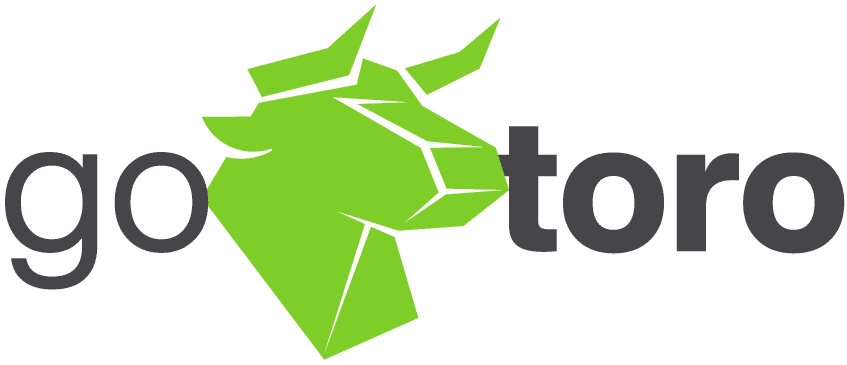Understanding the Landscape of Talent Acquisition
Talent acquisition isn’t merely about filling vacancies. It’s a strategic approach to finding, attracting, and onboarding the best talent to meet organizational goals. As with any strategic process, facing challenges in talent acquisition is inevitable. From distinguishing the nuances between talent acquisition and recruitment to ensuring effective talent acquisition and onboarding, the journey presents potential pitfalls.
Key Challenges in Talent Acquisition

Finding the Right Talent:
In a vast sea of candidates, identifying those who align with your company’s values and requirements can be daunting.
Balancing Speed and Quality:
Filling positions swiftly is essential, but compromising on quality may lead to undesirable long-term repercussions.
Adapting to Changing Job Markets:
Economic shifts, technological innovations, and global events can swiftly alter the job market landscape.
Ensuring Effective Onboarding:
Talent acquisition and onboarding are inseparable. A seamless onboarding process is vital for the successful integration of new hires.
Retention Concerns:
Successfully completing talent acquisition is just step one. It’s crucial to implement talent acquisition and retention strategies to keep your staff engaged.
Navigating the Challenges: Solutions and Strategies

Leveraging Data Analytics:
Making data-driven decisions can simplify the hiring process. Through the analysis of candidate data, companies can make more informed choices, ensuring a superior fit.
Building a Strong Employer Brand:
Having a robust employer brand draws top talent. It presents your company’s culture, values, and mission, differentiating you from competitors.
Continuous Learning and Development:
Investment in employee growth is among the essential skills for talent acquisition. Not only does it attract potential candidates, but it also guarantees their prolonged engagement.
Embracing Technology:
From AI-powered recruitment tools to virtual reality onboarding experiences, technology can vastly improve the talent acquisition process.
Fostering a Collaborative Environment:
Promoting a collaborative workspace endorses knowledge exchange. It’s a vital skill for talent acquisition, ensuring teams cooperate to pinpoint and onboard top talent.
Implementing Feedback Mechanisms:
Frequent feedback, both from prospects and recent hires, can provide critical insights. It assists in refining both talent acquisition and onboarding processes.
Building Long-Term Relationships:
The journey of talent acquisition doesn’t culminate with hiring. Establishing enduring relationships with candidates assures a reservoir of potential hires for upcoming roles.
Diversity and Inclusion:
A diverse workforce introduces a range of viewpoints. Ensuring diversity in the hiring process can result in more innovative and adaptable teams.
Overcoming Talent Acquisition Challenges
In the intricate realm of talent acquisition, partnering with a dependable ally can be transformative. Gotoro, with its avant-garde programmatic job advertising technology, provides solutions custom-made for your specific challenges. Whether you’re deciphering the subtleties between talent acquisition and recruitment or putting into action effective talent acquisition and retention strategies, Gotoro is your go-to resource. Experience the next generation of hiring with Gotoro – request a demo today.
Frequently Asked Questions (FAQs)
What exactly is talent acquisition?
Talent acquisition is a strategic approach to finding, attracting, and onboarding the best talent to align with an organization’s long-term goals and requirements.
How do talent acquisition and recruitment differ?
While they’re often used interchangeably, talent acquisition and recruitment differ in scope. Recruitment is about filling current vacancies, whereas talent acquisition focuses on long-term strategy, building relationships, and creating a sustained pipeline of candidates for future needs.
Why is there so much emphasis on challenges in talent acquisition?
The emphasis on challenges in talent acquisition arises because hiring the right talent is vital for an organization’s success. The evolving job market, competition for top talent, and changing candidate expectations make the process more complex.
Is onboarding really a part of talent acquisition?
Absolutely. Talent acquisition and onboarding are intrinsically linked. A comprehensive talent acquisition strategy ensures that once candidates are hired, they’re effectively integrated into the company, setting the foundation for long-term success and retention.
Which skills are crucial for those working in talent acquisition?
Essential skills for talent acquisition include strategic thinking, proficiency in leveraging data analytics, understanding organizational needs, fostering collaboration, and building and maintaining long-term relationships.
Why is retaining talent as important as acquiring it?
While acquiring top talent is essential, it’s equally vital to have talent acquisition and retention strategies in place. Retaining talent reduces turnover costs, maintains company culture, and ensures consistent growth and performance.
How does technology influence the talent acquisition process?
Technology, especially AI and data analytics, streamlines and enhances the talent acquisition process, making it more efficient, targeted, and adaptable to changing hiring landscapes.
What role does an employer brand play in talent acquisition?
A strong employer brand attracts top talent by showcasing the company’s culture, values, and vision, making it stand out from competitors in the eyes of potential candidates.
Why is feedback important in refining the talent acquisition process?
Feedback, both from candidates and new hires, offers insights into the effectiveness of the current talent acquisition and onboarding strategies. This information can guide refinements and improvements.
How can Gotoro help me with my talent acquisition challenges?
Gotoro offers advanced programmatic job advertising technology, providing tailored solutions to address your unique challenges, whether you’re navigating the intricacies between talent acquisition and recruitment or enhancing your onboarding and retention strategies.


